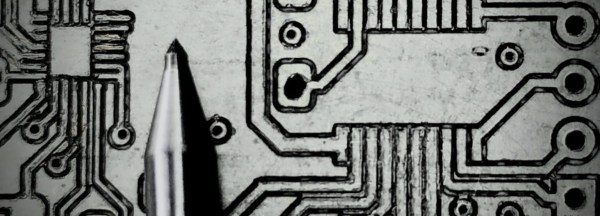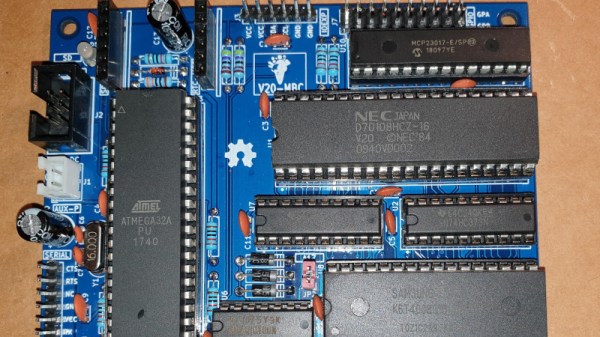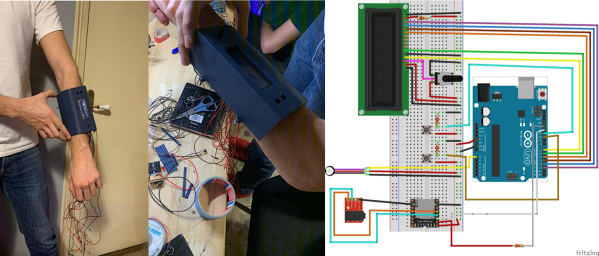Hackaday editors Mike Szczys and Elliot Williams scoop up a basket of great hacks from the past week. Be amazed by the use of traditional Japanese joinery in a 3D-printed design — you’re going to want to print one of these Shoji lamps. We behold the beautiful sound of a noise generator, and the freaky sound from the Golden Gate. There’s a hack for Android app development using Javascript on an IDE hosted from the phone as a webpage on your LAN. And you’ll like the KiCAD trick that makes enclosure design for existing boards a lot easier.
Take a look at the links below if you want to follow along, and as always, tell us what you think about this episode in the comments!
Take a look at the links below if you want to follow along, and as always, tell us what you think about this episode in the comments!
Direct download (60 MB or so.)



















